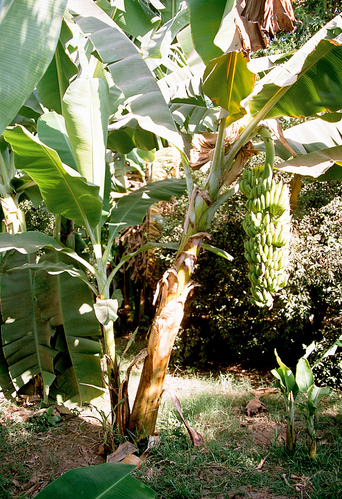We are conditioned to believe that Haiti is dependent upon our help, our knowledge and our resources to survive.
Lesson one (and a warning to the wise): if you approach volunteer work like you know it all and have it all, you’re gonna get schooled.
Lesson two is about banana trees. (Sort of.)
I enjoy bananas: banana splits, bananas ak manba (peanut butter!), fruit salad, banana bread, banana pancakes…the list goes on. They’re delicious, but not critical to my economy, or even my menu, so I knew very little about them.
It’s a different story in Haiti: In celebration of World Food Day 2013, the Haitian Minister of Agriculture released the slogan: An n kontinye plante plis bannann pou nou kapab kombate grangou!
“Let’s continue to plant more bananas so that we can combat hunger.”
Sometimes, context makes all the difference in determining what information we value, like how a banana tree grows. To dismiss the experience and knowledge of our friends in Haiti in favor of only what our culture tells us is relevant would be a wasted opportunity.
So how do bananas grow?
Before my first trip to Haiti, my only response was: “On trees”.
Zanmi m’ ayisyen, Ben, made sure I knew better before I left.
The short version: Banana trees are self-replacing perennials, each harvest cycle lasts anywhere from 9 months to a year. While the “old” plant is producing a bunch of bananas (which it can only do once), a new shoot has already started to grow. In order to encourage the new growth, once the bananas from the old tree are harvested, that part is trimmed back. Grow, cut, and repeat.
We could all stand to learn something from each other, just make sure you take a break from teaching long enough to be a student too.
by Erin Nguyen on August 28, 2014


